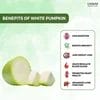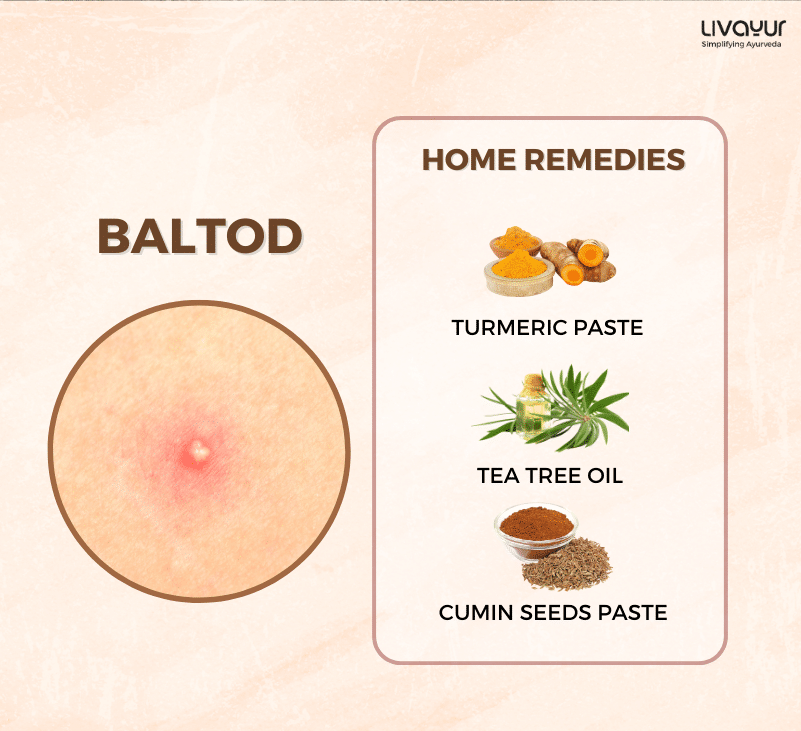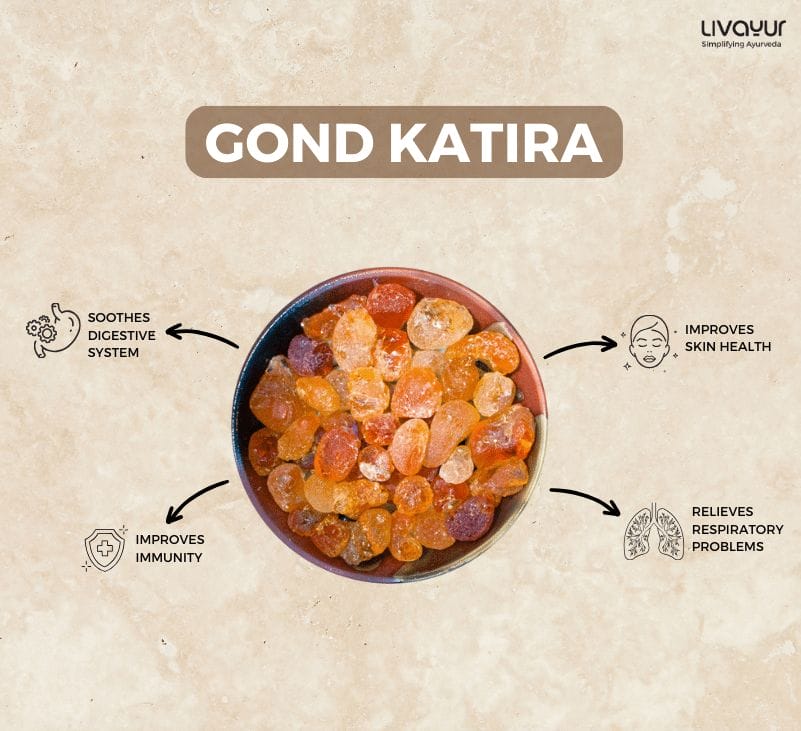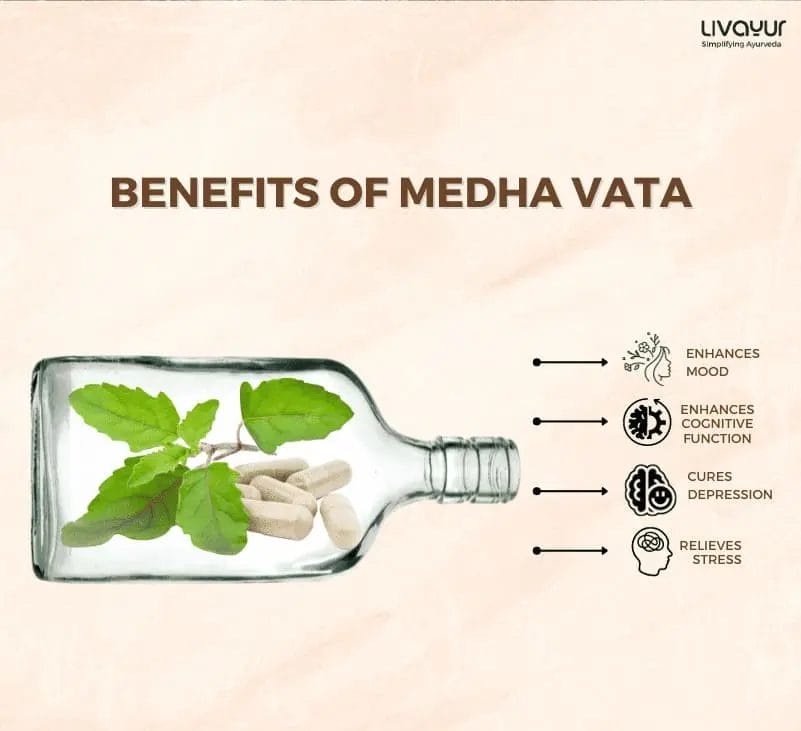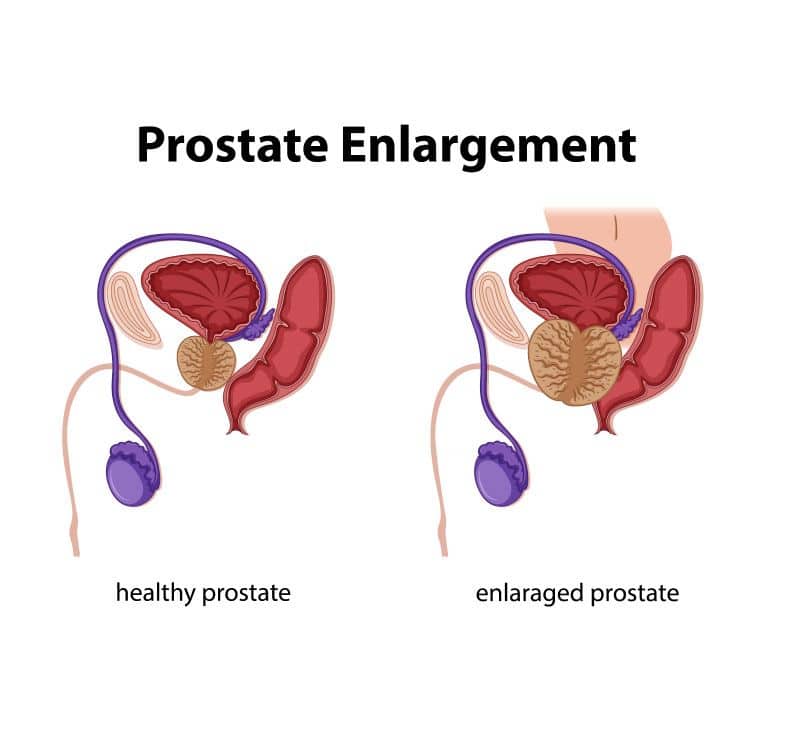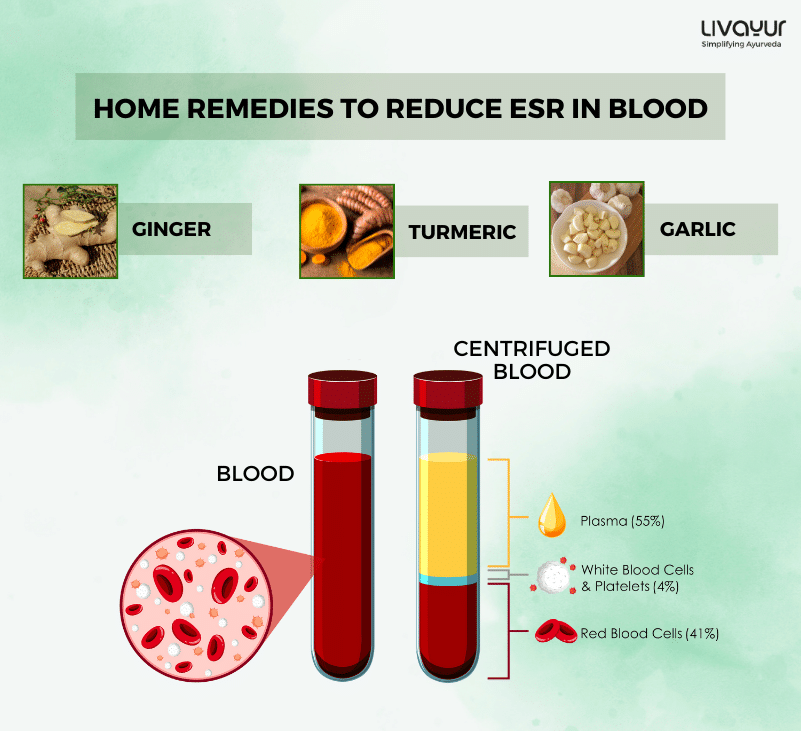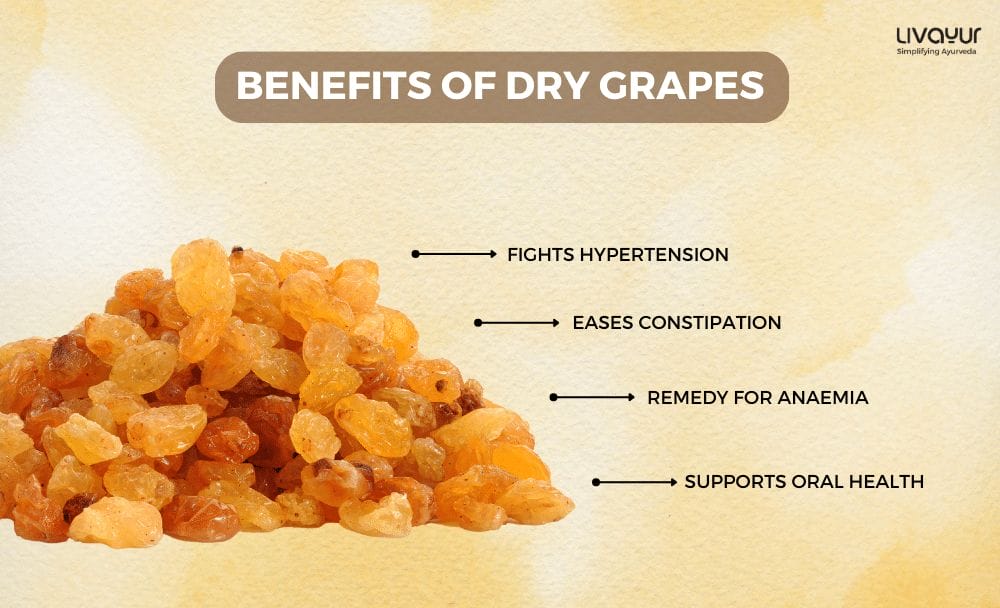
Who hasn’t heard of raisins? Raisins are nothing but dry grapes. In Indian cuisine, raisins, commonly called Kishmish, are used generously. You will find raisins or dry grapes dotting the rich rice kheer and sweet fruit chutneys, ensconced inside the luscious Gulab Jamuns or stirred into the aromatic Shahi Pulaos. But is that all to the use of dry grapes?
Absolutely not; dry grapes have much more to them. Dry grapes come with several medicinal properties, which Ayurveda has recognized. In Ayurveda, dry grapes are called munakka and are believed to support the functions of Vata and Pitta. However, regarding the Kapha dosha, you must know that consuming dry grapes can aggravate the dosha due to its heaviness and excessively sweet attributes.
In this article, we will talk about the various dry grapes benefits, dry grapes uses, and more.
Related Articles
Raisins: Nutritional Elements, Benefits, Uses, and Risks
15 Amazing Benefits Of Raisins And How To Consume It
12 Amazing Benefits of Dry Black Grapes for overall health
Dry Fruits to Consume in Everyday Lifestyle
Nutritional profile of dry grapes
Dry grapes come with 60% sugar, tons of fiber, bioactive and phenolic compounds, and a wide range of health-promoting vitamins and minerals. These nutrients in dry grapes make them beneficial for health. [1] Given below is the nutritional profile of dry grapes:
| Nutrients | Dark Dry Grapes | Golden Dry Grapes |
| Proteins | 3.30 grams | 3.28 grams |
| Carbohydrates | 79.32 grams | 80.02 grams |
| Fiber | 4.50 grams | 3.30 grams |
| Sugar | 65.18 grams | 65.70 grams |
| Energy | 299 kcal | 301 kcal |
| Potassium | 744 mg | 746 mg |
| Sodium | 26 mg | 24 mg |
| Calcium | 62 mg | 64 mg |
| Iron | 1.79 mg | 0.98 mg |
| Zinc | 0.36 mg | 0.37 mg |
| Magnesium | 36 mg | 35 mg |
| Vitamin C | 2.30 µg | 3.20 µg |
| Vitamin K | 3.5 µg | 3.5 µg |
| Folate | 5 µg | 3 µg |
| Vitamin B6 | 0.174 µg | 0.323 µg |
Benefits of dry grapes for health
Dry grapes benefits include:
1. Fights hypertension or high blood pressure
Dry grapes are packed with fiber and the mineral potassium, which helps lower blood pressure. Also, the polyphenols in dry grapes may increase the release of nitric oxide, helping you manage your high blood pressure. [1]
2. Treats hypercholesterolemia
Dry grapes can be a treatment for hypercholesterolemia. Studies show that dry grapes can lower the levels of bad cholesterol or LDL. This keeps your cardiovascular system healthy. [1]
3. Eases constipation
One of the prominent dry grapes benefits is that by taking dry grapes, you can have easy bowel movements. High amounts of insoluble dietary fiber in dry grapes can treat constipation by acting as a natural laxative and helping in the elimination of wastes from the body. [2]
4. Is anticarcinogenic in nature
Dry grapes come with anticarcinogenic properties. The polyphenolic compounds in dry grapes can prevent the growth of cancerous tumors and slow down the proliferation of cancer cells. [11]
5. Supports diabetes management
Dry grapes can be helpful in the management of diabetes due to their high content of antioxidant compounds. Studies show that the consumption of dry grapes can lower insulinemic responses in diabetics. Also, by helping in the reduction of blood pressure in diabetics, dry grapes can make blood sugar management much easier. [1]
6. Protects against degenerative diseases
The powerful antioxidant capacity of dry grapes protects you against degenerative diseases. Research shows that antioxidants in dry grapes can lower the rate of production of reactive oxygen species, which are chiefly responsible for degenerative diseases. [1]
7. Supports oral health
Dry grapes can help maintain appropriate oral PH levels. The antibacterial properties of dry grapes can stop the oral bacteria from invading your teeth and gums. Consumption of dry grapes can also stop the bacteria from adhering to your gums and creating dental plaque. [1]
8. Remedy for anemia
Dry grapes can act as a natural treatment for low hemoglobin or anemia. Anaemia is caused mainly due to iron deficiency. Dry grapes have lots of iron in them and, thus, can treat anemia.[3]
9. Bolsters the immune system
Dry grapes can strengthen your immune system and empower you to fight infections by supplying your body with several nutrients.
10. Regulates weight
Dry grapes have high amounts of fiber, which helps in promoting satiety. Consumption of dry grapes can arrest your untimely hunger and slow down fat absorption in the bowel. That helps in regulating weight. [7]
11. Promotes youthful skin
Consumption of dry grapes can prevent the premature aging of your skin. Dry grapes can help promote skin health by reducing oxidative stress on the skin.
12. Acts as a fertility aid
Dry grape’s benefits for females include the nutritional support these dry grapes can give to a woman in her conception journey. That makes dry grapes a vital component of the fertility diet of any woman who wishes to conceive. In Ayurveda, dry grapes or raisins are considered a bringhana food item, i.e., a food that promotes fertility. [6]
13. Improves vision
Vital Vitamins and polyphenolic compounds in dry grapes can give you improved vision, keeping age-related eyesight problems at bay. [4]
14. Enhances bone strength
Boron, a nutrient in dry grapes, can improve bone density and prevent osteoporosis, joint degeneration, and other such bone-related issues.[5]
15. Improves sleep
Compounds like Melatonin and Tryptophan in dry grapes can stabilize your mood, calm your mind, and help you sleep better.
Dry grapes Uses
- Dry grapes are naturally sweet. Therefore, taking a handful of dry grapes to satisfy one’s sweet tooth is a healthier option compared to taking a sugary candy. Therefore, dry grapes may function as a candy substitute.
- Quenches thirst when taken with water or milk
- It is an appetite-suppressant due to its high fiber content.
- Flavors your desserts and adds to the richness of various delicacies
- In India, taking a sweet after meals is a common practice in many households. A handful of dry grapes may be used for that purpose, too.
- Another of the dry grapes uses is that they may be used to fortify your breakfast cereals and smoothies. These grapes may even function as an ideal sugar substitute.
Some wholesome recipes with Dry Grapes/Raisins
Rice and Raisins Breakfast Bowl
Basmati rice cooked in milk, along with dry grapes or raisins and other ingredients like cinnamon, ghee, and maple syrup or honey, can give you this delicious breakfast.
Raisins energy bites
These can be made by combining overnight-soaked golden raisins with oats, walnuts, and flaxseeds. For flavoring, cardamom may be used. You need to blend and grind all the ingredients together until you get a sticky mix. Next, you have to give the mix the shape of small balls and refrigerate them. You’ll get super crunchy energy bites!
Raisins Chutney
This delicious sweet and sour chutney can be made by combining raisins and pitted dates with other ingredients like cardamom powder, black pepper powder, tamarind, ginger, black salt, roasted cumin powder, and sugar. You have to cook all the ingredients in boiling water until you get a thick, gelatinous consistency.
Side-effects of Dry Grapes
Consuming dry grapes might be safe. But, few reports suggest these rare side effects:
- Digesting dry grapes may be an issue for some. Consuming too many dry grapes may lead to indigestion and nausea.
Being high in sugar, dry grapes may lead to sugar spikes if consumed excessively.
Quick Fact: The best way to lower the Glycemic index of dry grapes is by combining them with spices such as Cardamom and Cinnamon.
- For kids and babies, overconsumption of dry grapes may lead to allergic reactions. [8]
- To avoid these unwanted side effects, you must exercise moderation while consuming dry grapes.
Precautions while taking Dry Grapes
Consuming dry grapes in small amounts might be safe. However, considering a few precautions are necessary:
- Those with digestive issues need to consult their doctor before consuming dry grapes, as the huge amount of fiber in dry grapes may worsen digestive conditions, leading to flatulence and bloating.
- More research is needed to prove the safety of dry grapes during pregnancy and breastfeeding. Therefore, pregnant women and lactating mothers must consult a doctor before taking dry grapes.
- Small children may be allergic to dry grapes. Therefore, before giving dry grapes, you need to consult a pediatrician.
Eating and Storing Dry Grapes
Author Miriam Hospodar, in her bestseller, ‘Heaven’s Banquet,’ shares some useful tips on eating and storing dry grapes:
“Beware of golden raisins: they are ordinarily brown raisins that have been treated with sulfur dioxide to maintain their color. Monukka raisins are large and often crunchy from tiny seeds. Zante currants are actually small grapes, also called Black Corinth. Store raisins in the refrigerator so they don’t ferment.”
FAQs
1. How can grapes be dried?
There are three methods for drying grapes:
-Sun drying
-Shade drying
-Mechanical drying (drying in a dehydrator or dryer)
2. How long do you need to dry grapes in the sun?
For untreated grapes, it takes 15-20 days, and for pre-treated grapes, it takes 7-12 days to dry out in the sun. [9]
3. What should be the features & attributes of quality dry grapes?
Quality dry grapes should have the following features & attributes:
-Should be pulpy
-Should be naturally sweet in taste without any sort of sugary coat
-Should have a healthy, unbruised outer skin
-Should be smooth-textured
-Should have a uniform appearance. [10]
4. What kind of grapes are used for drying and raisin production in India?
In India, the Thompson Seedless grapes and their various mutants, such as Manik Chaman, Tas-A-Ganesh, and Sonaka, are mainly used for producing dried grapes or raisins. [10]
5. Which vital and famed Ayurvedic formula has dry grapes in it?
The ‘Swadu Triphala’ (Sweet Triphala) has dry grapes in it. In Dhanwanthari Nighantu (an ancient Ayurvedic Literature), we find a mention of the sweet Triphala.
Conclusion
Dry grapes may look somewhat unappealing with their shriveled texture and aged look, but they are one of the most wholesome dry fruits. They contain minerals, vitamins, fibre, energy, and electrolytes. In the article, we have aptly discussed how dry grapes can improve your health and how you can incorporate dry grapes into your daily routine.
Disclaimer
This article is written from a health and wellness perspective and is not medical advice. Kindly seek the help of a certified medical practitioner before initiating any treatment.
References
- Is eating Raisins healthy?
- Raisins with Clarified Butter or Ghee for The Relief Of Acute And Chronic Constipation -A Clinical Study
- Black Raisins Improved Experimentally Induced Iron Deficiency Anemia. Biochemical and Histological Evidence
- Indian Raisins
- Effect of Red Raisins (Vitis Vinifera L.) Intake on theLevel of Some Hematological Tests in a Group of Female Volunteers
- Fertility Diet for Women in Persian Medicine
- Association of raisin consumption with nutrient intake, diet quality, and health risk factors in US adults: National Health and Nutrition Examination Survey 2001–2012
- Raisin allergy in an 8 year old patient
- Sun drying of seedless and seeded grapes
- Raisin Production in India
- Effect of Greek Raisins ( Vitis Vinifera L. ) From Different Origins on Gastric Cancer Cell Growth
If you are interested in learning more about Oral Health you can read our related articles here:
